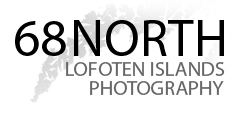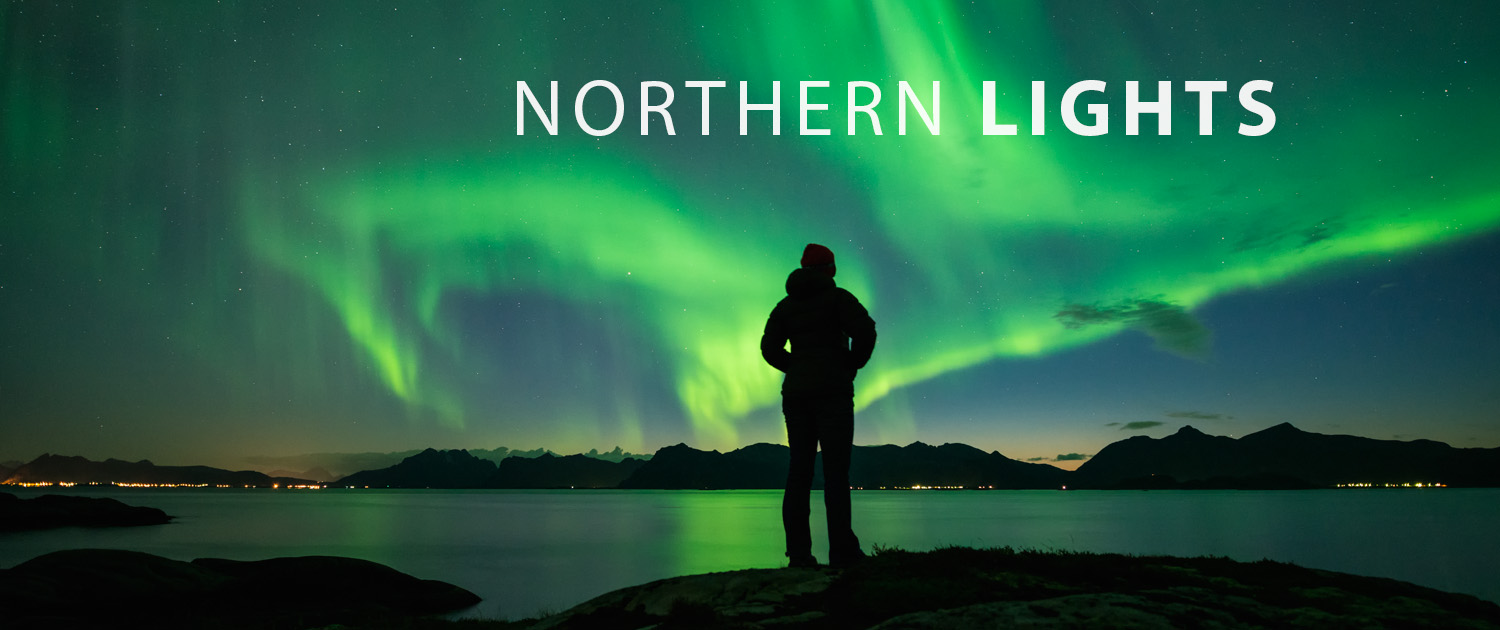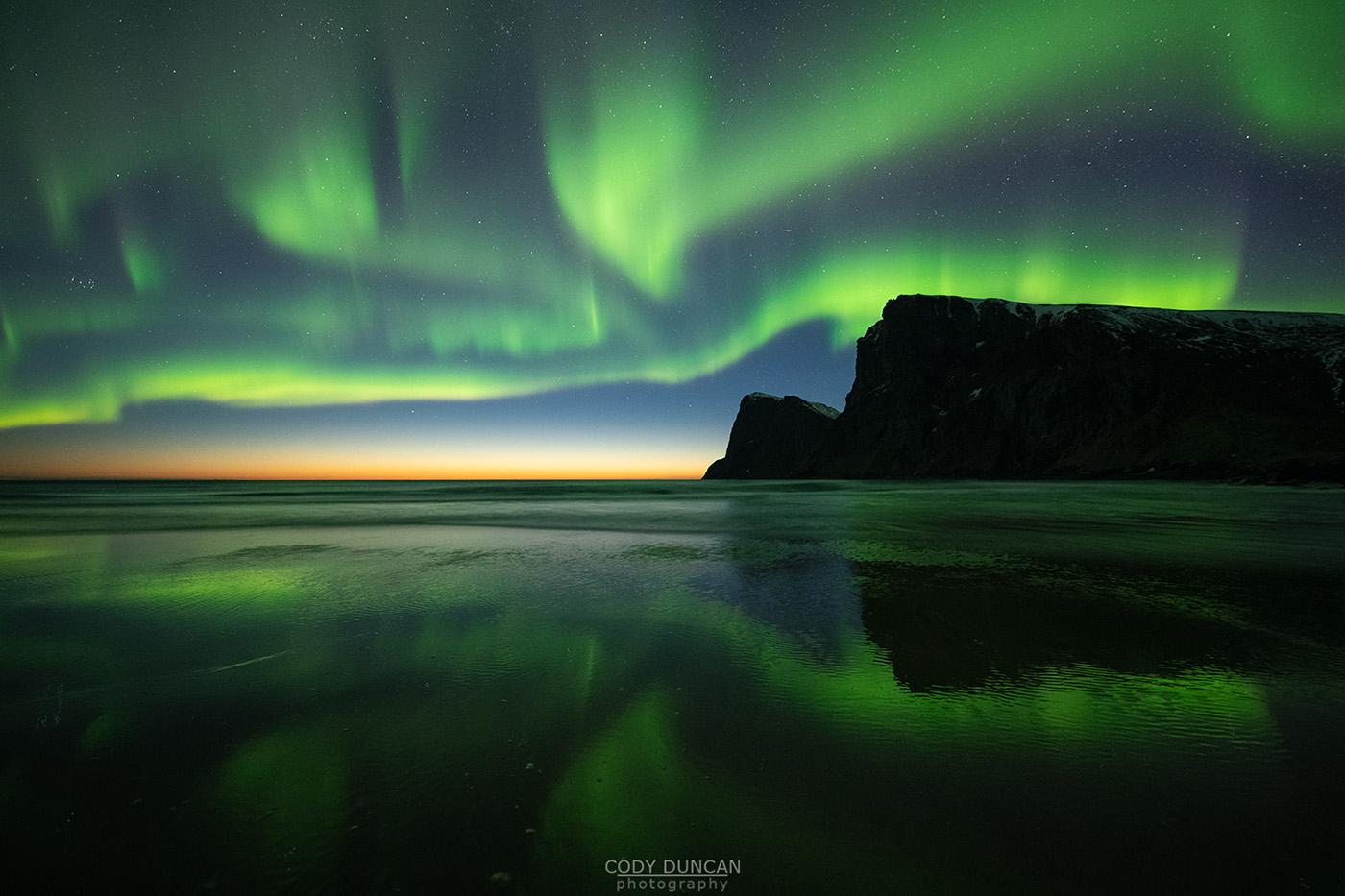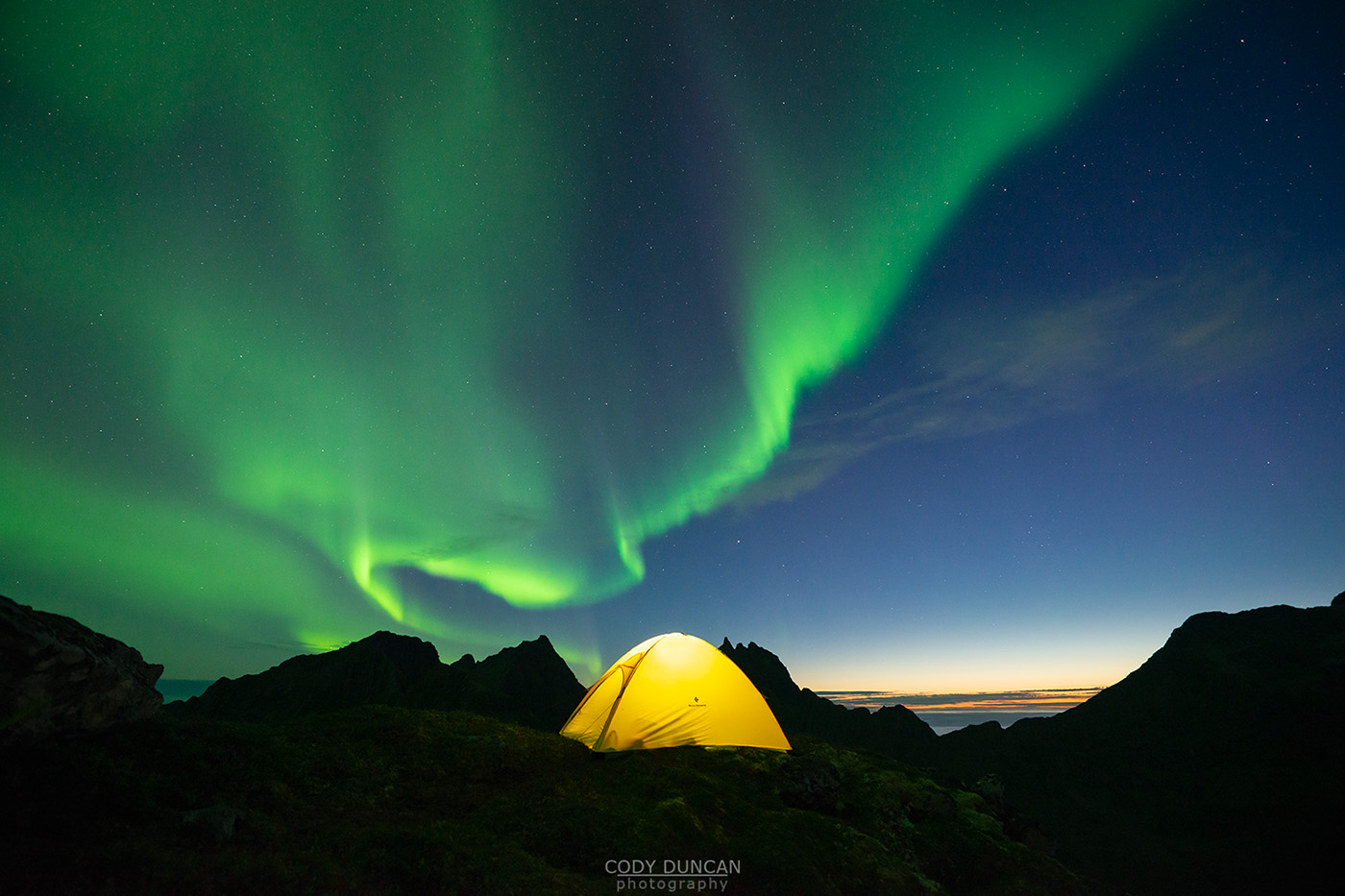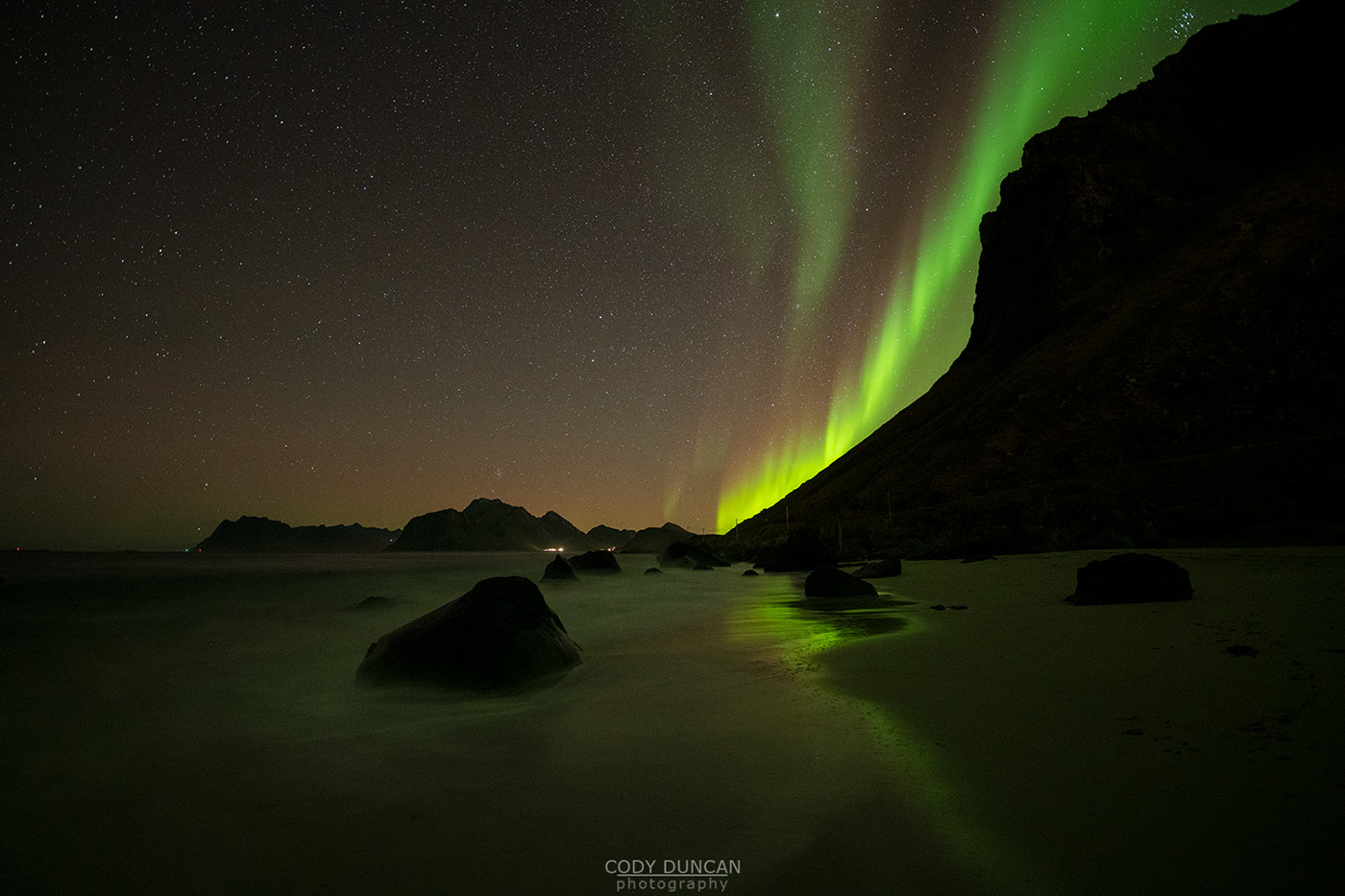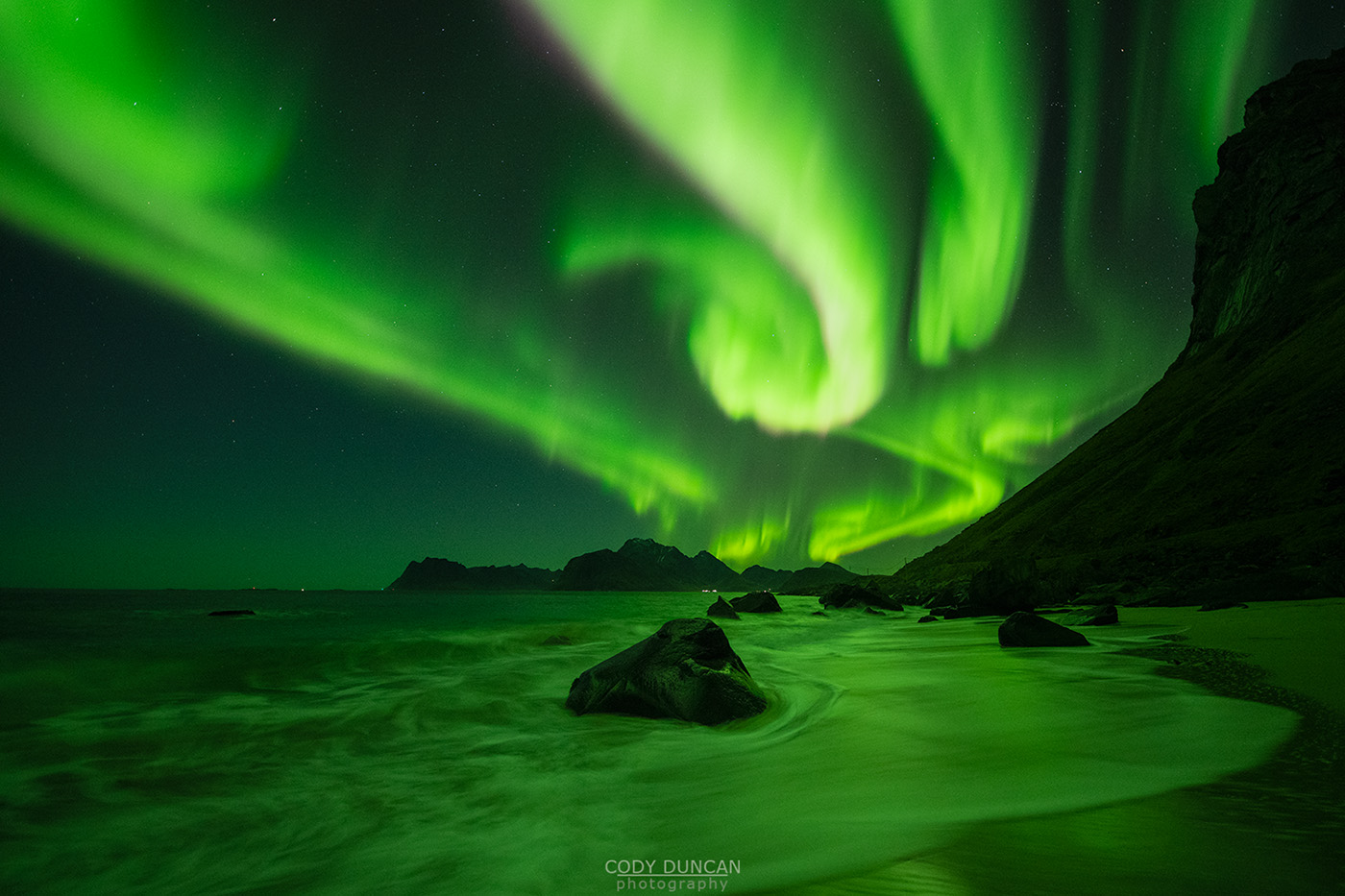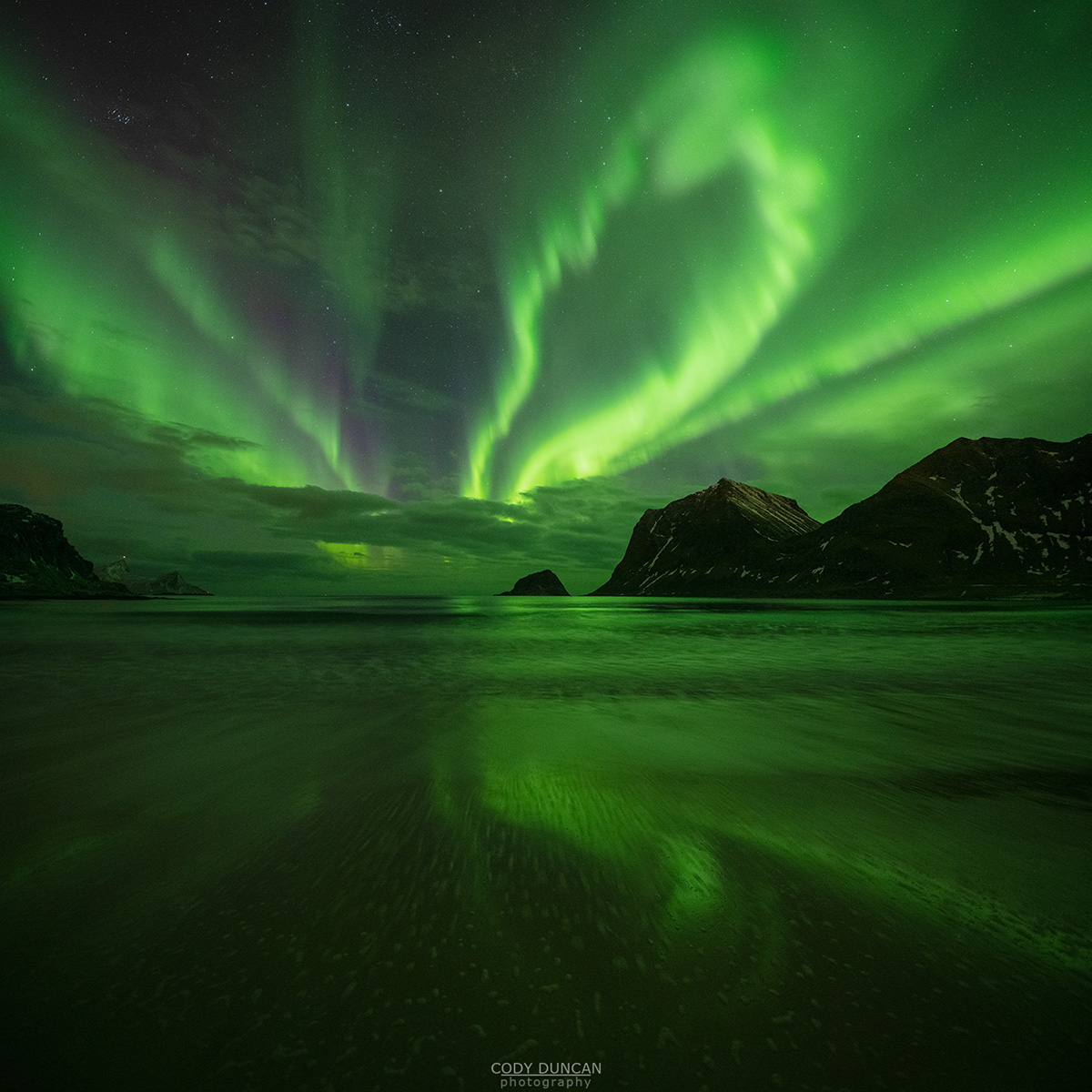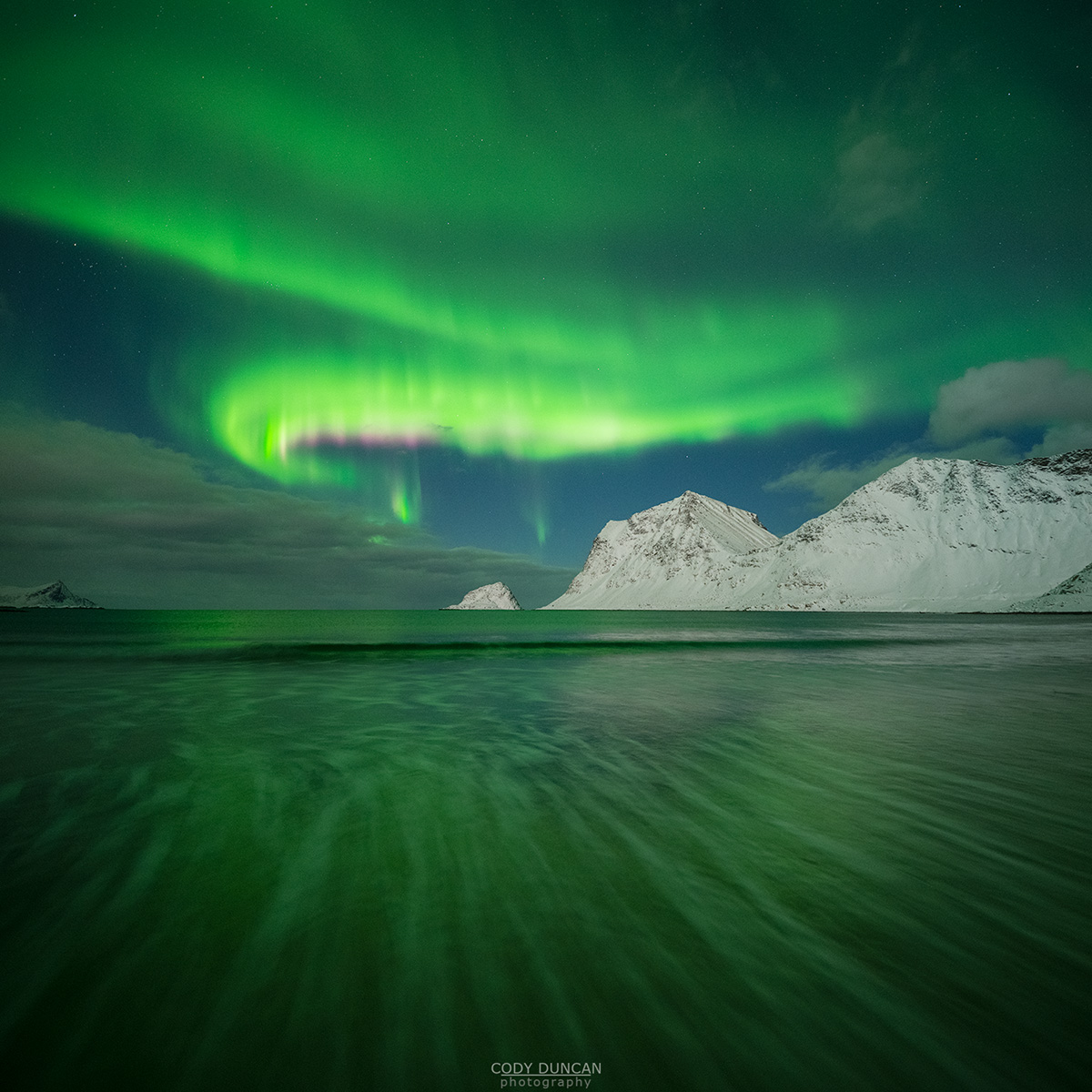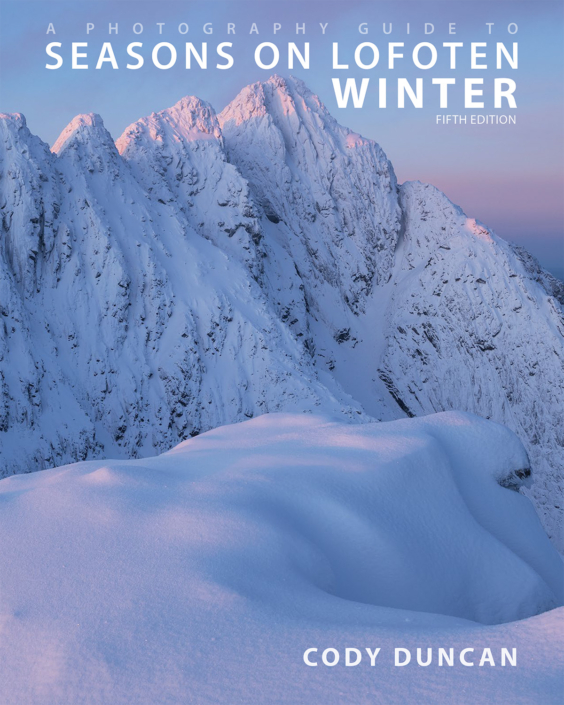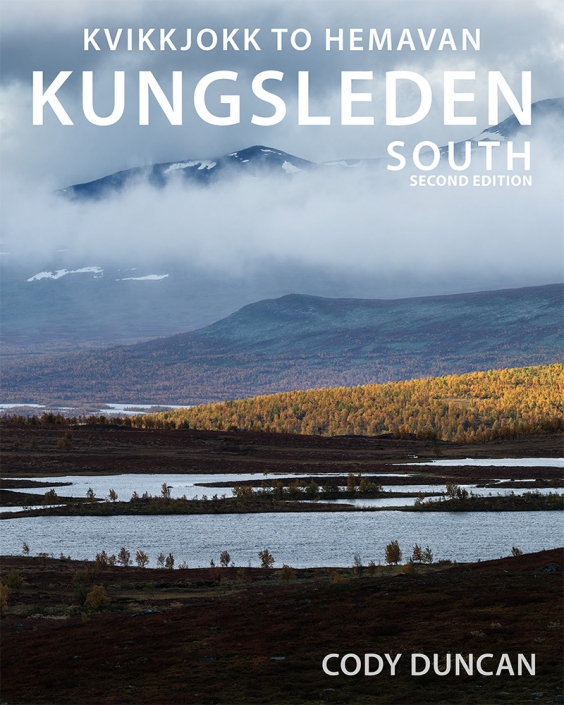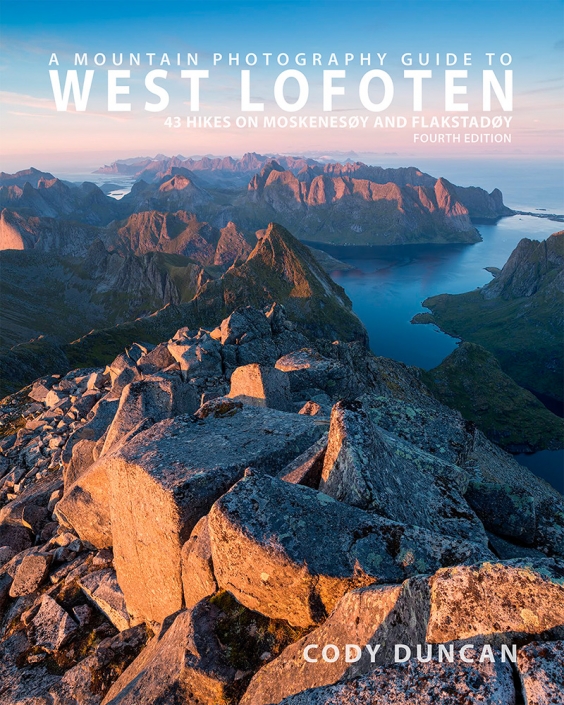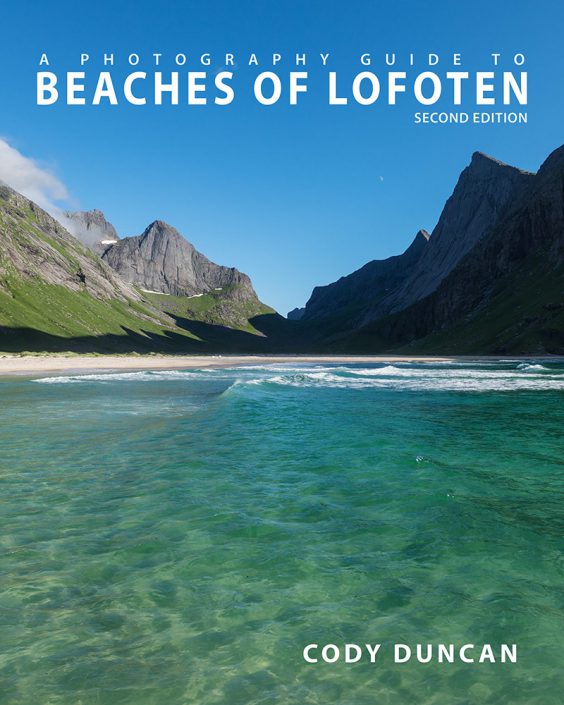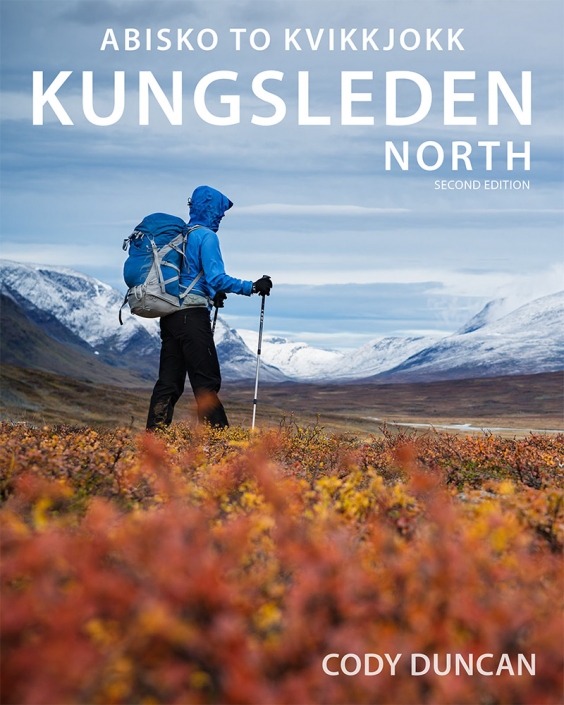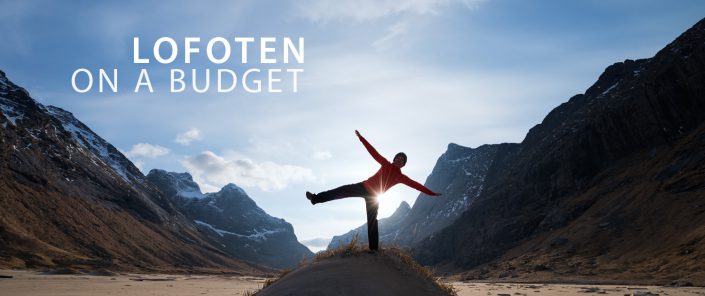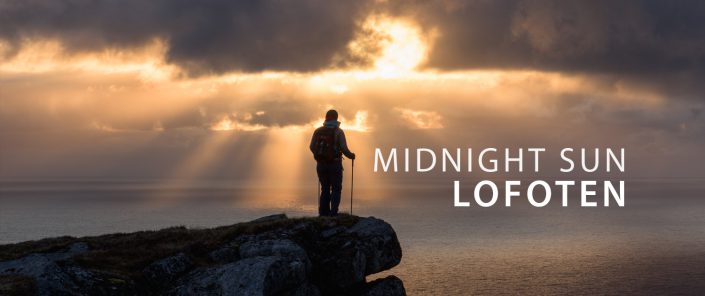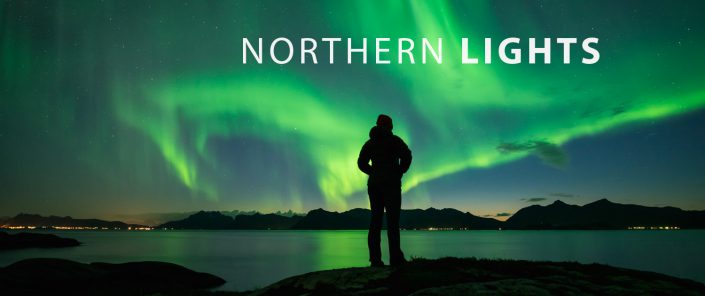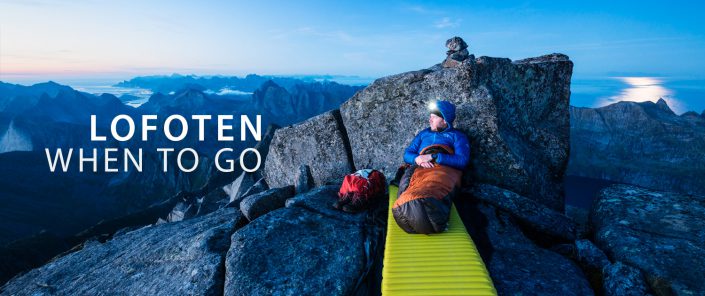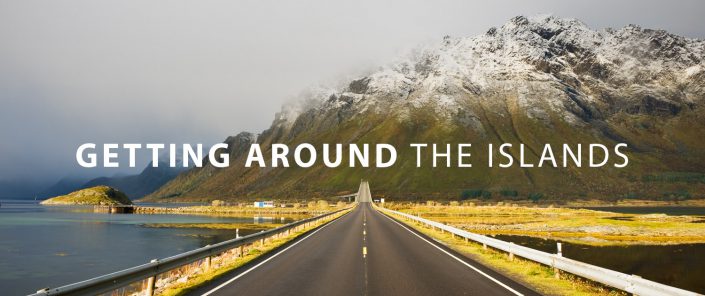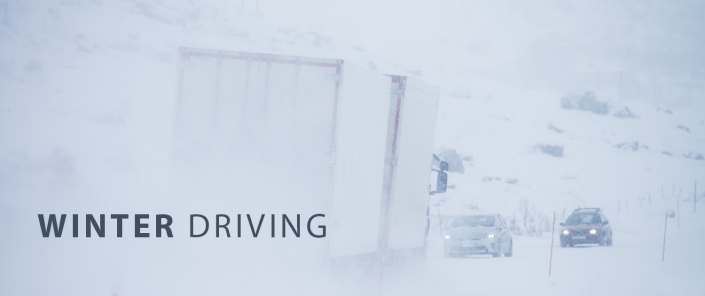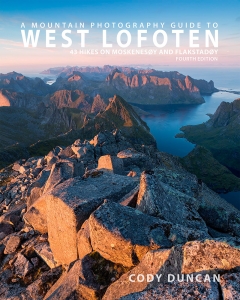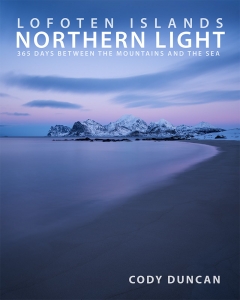LOFOTEN ISLANDS NORTHERN LIGHTS
When To See The Northern Lights
When the northern lights – Aurora Borealis are strong and bright, get ready for the show of your life as the lights dance across the sky from horizon to horizon in display of nature that I can only describe as truly breathtaking. Not much beats snow covered mountain peaks rising straight out of the sea with auroras filling the night sky overhead. For me, the Lofoten Islands are worth the risk of bad weather to take images of the northern lights that are dynamic and powerful. Something more than just a boring snow field or barren forest in the foreground.
There is no switch to turn on the northern lights. Seeing them primarily depends on a combination of four main elements: darkness, clear skies, extreme northern (southern) latitude, and solar activity. Winter on Lofoten already covers two of these elements: darkness and northern latitude. Clear skies and solar activity are more or less left up to chance. I have experienced some winters where I rarely saw a star over a two week period due to heavy cloud cover, yet elsewhere in the north clear skies brought fantastic aurora displays. Other years I have had multiple clear nights and yet the sky remained silent. Like the weather, there is no way to predict what you will get until you are on the Islands and the twilight is fading into night.
In general, there is a short term level of predictability for the occurrence of auroras, as they usually happen several days after a solar storm. Several websites and apps are available to help forecast the appearance of the northern lights up to about 3-4 days out. Though in my experience, they often appear when they feel like appearing. Some of the best displays I have seen were on forecasted low activity nights, whereas some nights which were predicted to have hight activity were quiet. If I am to give some advice though, I would use the prediction of solar activity level to calculate how much effort you want to put into finding clear skies, should they not exist at your current location.
With low intensity auroras, a faint, almost cloud like glow will appear in the night sky. Barely perceptible to the eye, if you pull out your camera and make an exposure of several minutes, you will see the light is green. When the northern lights are strong, the green color will be readily visible to the naked eye and if your lucky, reds and pinks might also appear. On these nights, you really know you’re seeing the northern lights as they swiftly move across the sky.
Historically, March and October typically have the greatest occurrence of solar activity. And while there is sufficient darkness by late afternoon during winter, I find the northern lights don’t typically appear until 20:00 – 21:00 or later. Generally, the earlier in the evening they appear, the stronger the display, but this is not always true. If you haven’t seen anything by midnight, then they are probably not going to occur.
Late August – First auroras appear in the sky
September – March – Main aurora season on Lofoten
Mid April – Last auroras visible as the nights grow lighter
Lights Over Lofoten
Photographing the northern lights on Lofoten can be both a rewarding and frustrating experience. While the dramatic landscapes and coastlines of Lofoten provide near limitless compositional opportunities, the equally dramatic winter weather can leave you longing for even an hour of clear skies. If the northern lights are your main purpose of traveling to Lofoten, then it’s possible you’ll be left disappointed when the sky remains stormy for a the duration of your visit. Rather, I like to think of any appearance of the lights as an added bonus to what is already a world class landscape.
The coastal areas of Lofoten are often the best locations for shooting the northern lights. That being said, there are a few things to keep in mind. First, most Islanders live near the coastline. This means that you should be aware of light pollution, even on seemingly distant shorelines. Next, pay attention to how open the horizon is from the northwest to the northeast, as this is typically where the aurora will appear. If you have mountains rising too steeply in front of you, then any low level auroras may be blocked from sight.
The dramatic rising peaks across the fjord from Reine are one of my favorite aurora locations. The mountains rise steeply from the fjord providing a dramatic setting to the scene, yet are far enough away so as not to block most aurora displays. Additionally, there is easy access to a multitude of shooting directions, allowing for compositional flexibility, depending on where the auroras are appearing in the sky. Even driving a few minutes down the road can provide an entirely different looking group of images set against one of Lofoten’s most iconic mountain peaks.
The beaches of Flakstadøy and Vestvågøy are some of the most popular and photogenic locations for shooting the northern lights. Haukland, Vik and Utakleiv beaches, only separated by a short section of road, all face in slightly different directions, letting you move between them as the northern lights move though the sky. Skagsanden beach provides a wide open northern horizon which works well with aurora appearing from multiple directions. The northern coast of Gimsøy also has some small beaches and wide open horizon, but they typically lack any mountains in the background.
Getting away from the coast, there are also multiple inland options for shooting the northern lights. But these typically are more dependent on localized conditions, i.e.. how much snow is on the ground, and often require a bit more planning and exploration to find a scenic composition. Additionally, mountains can also block a majority of the horizon, limiting the viewing angles the aurora may appear in.
